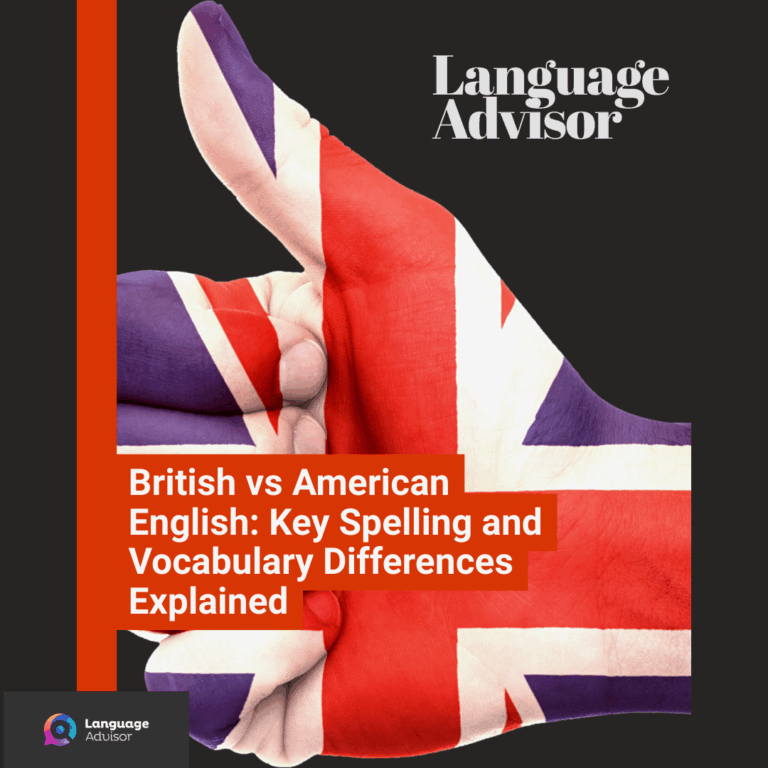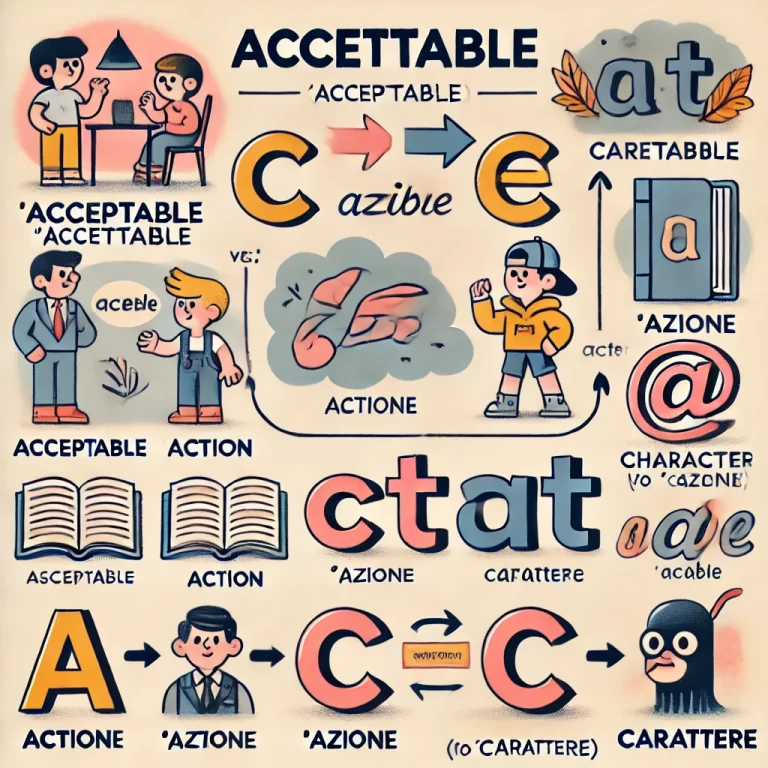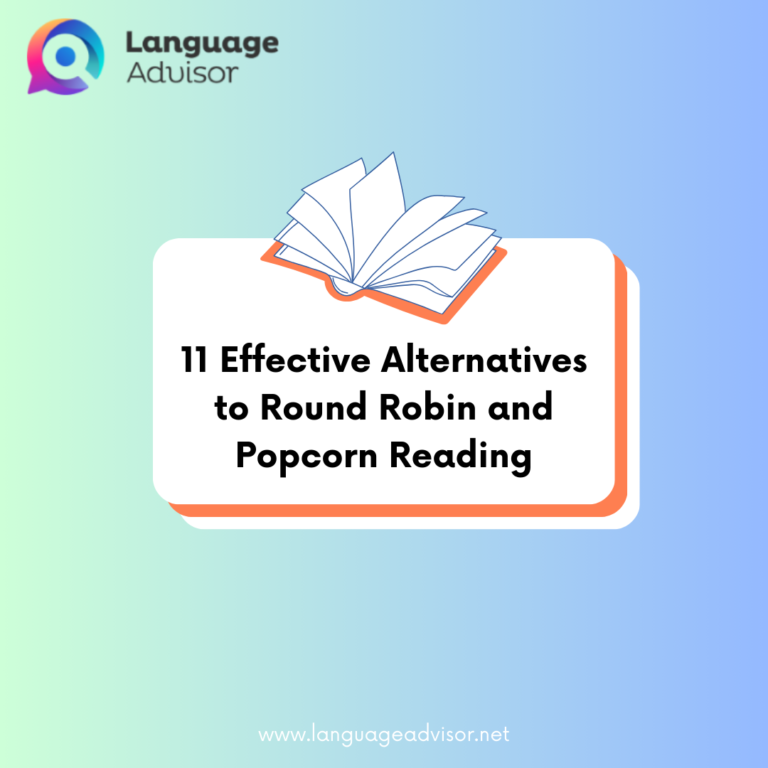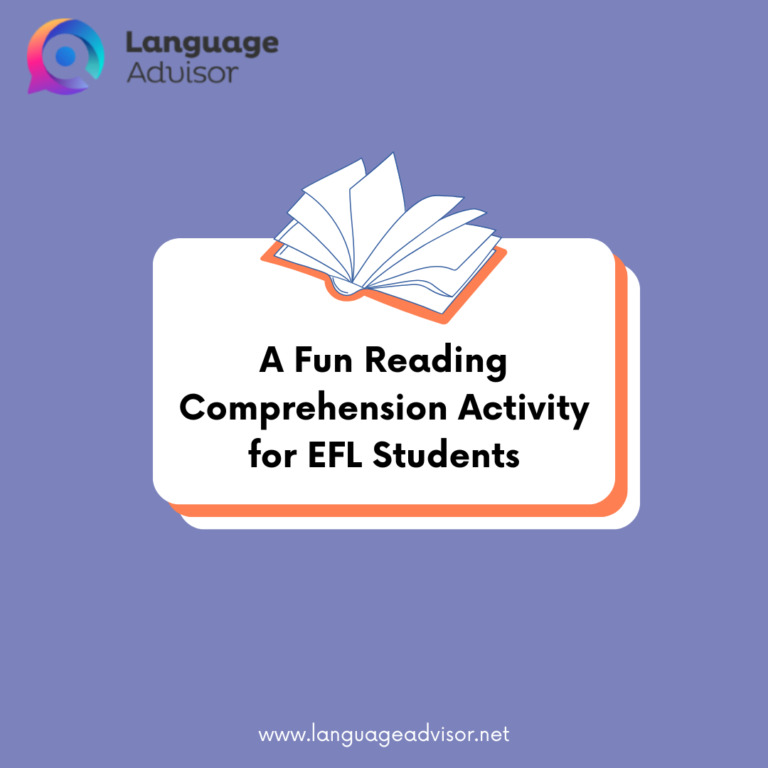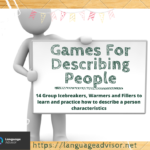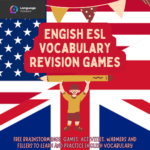General Jumpstart Games. Group Receptive, Individual Receptive, Group Productive and Individual Productive Games for All Languages
General Jumpstart Games

General Jumpstart Games
General Jumpstart Games can be an excellent tool for teaching a language, offering a range of interactive games and resources to enhance the learning experience. Here are some ways you can utilize General Jumpstart Games in your language teaching:
1. Group Receptive
Groups of students only need to listen and understand to complete the task, no speaking is necessary. Students act in large groups so they can rely on each other.
2. Individual Receptive
Students only need to listen and understand to complete the task, no speaking is necessary. However, students act independently. They have no support from classmates.
3. Group Productive
Groups of students must listen and speak to complete the task. Students act in large groups so they can rely on each other.
4. Individual Productive
Students need to listen and speak to complete the task. However, students act independently. They have no support from classmates.

General Jumpstart Games – Group Receptive

Jump the line
Good for yes/no question response.
Designate one side of the classroom as yes, and one side as no.
Draw a line down the center of the room.
Students stand on the line.
Teacher asks yes/no questions (ex: “is it a table”).
Students jump to the yes or no side of the line and say “yes, it is”/”no, it isn’t”.
You can make it competitive by making students who jump to the wrong side sit out, last one standing wins.

Flashcard groups
Put students into groups of three or four.
Assign each group a flashcard name (e.g. elephant group, whale group, giraffe group, etc.).
Give each group commands making sure to say the group at the end (e.g. “touch your nose, tigers”). In this way students must listen to instructions completely before they know if they will complete the action or not. Only students from the named group complete the action, other students must be still.
General Jumpstart Games

Flashcard bingo
Make bingo cards for the target vocabulary (esl-kids.com is a useful tool for this). Read out the words or, to challenge the students, describe the word (e.g. it is orange and black – tiger). Students who get enough spaces in a row win.

Room run
Hang flashcards around the room, draw a circle (or other shape) on the floor. Students run to touch the flashcard the teacher says. Experiment with different and more shapes on the floor.
General Jumpstart Games

Sharks
Hang flashcards around the room. Draw “islands” on the ground around the flashcards on the wall. Be sure the islands are big enough for all students to stand in. Explain or have TAs explain that the floor is the ocean, and the islands are around the flashcards. The teacher is the shark. Make a mouth with one of the blue mats. Students run to the islands of the flashcards that the teacher says while avoiding the shark’s mouth. Please be gentle.

Bucket game
Hang flashcards around the room, put a bucket under each flashcard. Play music and let the students dance. Stop the music, say a word from a flashcard, and dump a bucket of small balls on the floor. Students must put the balls in the bucket under the word that was said.

Head Bump
Hang flashcards around the room, draw a circle on the floor. Students stand in the circle. The teacher has a soft ball. Teacher says a vocabulary word, students run to the word. Teacher tries to lightly “bump” the top of their head before they can touch the flashcard and go back to the circle. Bumped students must do five jumping jacks. Please be gentle.
General Jumpstart Games

Teacher Says
Useful for a wide range of vocabulary and grammar (in/on/under/by, verbs, classroom nouns). Just tell students what to do (ex: “teacher says go under the table”, “teacher says touch the door”, “teacher says jump”). Young students struggle to understand that they should only do the action if you say “teacher says”. It is okay to get rid of this rule and have them listen to and do all orders regardless of whether you say “teacher says” or not.

Sleeping Teacher
Students sit on mats. Teacher tells students to wake him/her up when they see a certain flashcard (e.g. wake me up when you see elephant). Teacher pretends to sleep while going through the flashcards. Students yell to wake up the teacher when they see the predetermined flashcard.

General Jumpstart Games – Individual Receptive

Car Race
Put students in teams. Teams line up facing the front of the classroom. Maybe it is easiest if the lines sit down. Draw a road winding from the front of each team leading to the front of the room. Lay flashcards out at the front of the room. Give students cars or animals to race along the road, to the front of the room, and onto the flashcard called out by the teacher.

Fetch
Set out flashcards in the front of the room. Ask individual students to bring you what you ask for.
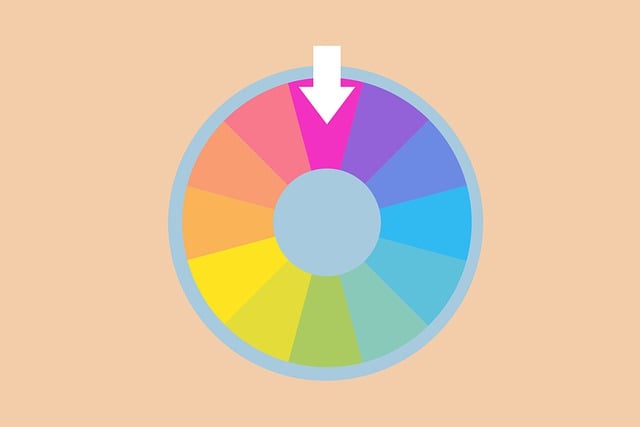
Poison Flashcard
Draw two parallel lines about 3-5 feet apart from each other. Separate students into two teams and have them stand on the lines. Draw numbers in front of each student. There should be one #1 on each team and one #2 on each team and so on. Place the flashcards in a line parallel to and in the center of the two lines you drew before. Teacher will say a number and a flashcard name, the students from each team who were assigned that number must race to the flashcard and push the flashcard out from between the two lines onto their team’s side. The student who does this scores a point for their team.
General Jumpstart Games

Puppet
Get one of the puppets. Set out flashcards in the front of the room. Use the puppet to ask students to bring something (works best with food ex: “can I have an apple please”). When they bring it to you take it in an animated/violent way. Please be gentle.

Monster under the table
Put a table at the front of the room and put te flashcards just in front of it. Get under the table. Call students up to get the flashcards. When they try to grab a flashcard try to catch them from under the table. Please be gentle.
General Jumpstart Games

Chairs game
Set up chairs at the front of the room facing away from the students and towards the whiteboard. The chairs should be close enough together that students cannot walk between them, they must walk all the way around. Stick the flashcards to the back of the chairs. Put students in teams. Teacher says a word and students must run to sit in the correct chair. It is challenging for students because they must find the correct flashcard, run to the front of the chairs, and remember which chair had the correct flashcard on it.
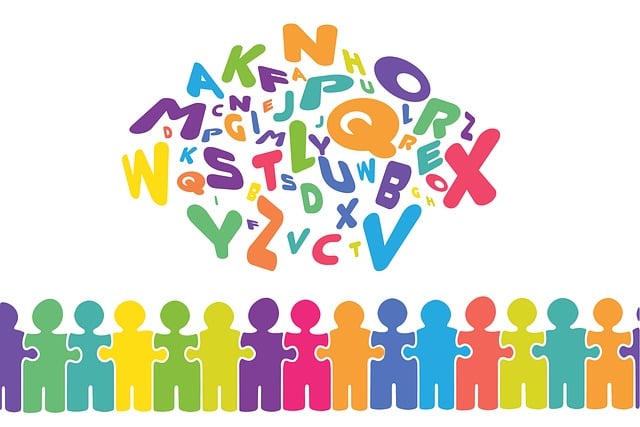
Slap or sticky ball
Put flashcards on the board. Put students into two teams. Teacher says a word, students must use slapper to slap the flashcard or the sticky ball to throw at the correct flashcard.

Crocodile
Draw a river across the center of the classroom. Give each student a flashcard that you have studied or assign students to different groups (sunny group, cloudy group, etc.). Have students stand on one side of the river. Tell the students that you are a crocodile and they must cross the river when you call there flashcard/group name. When students cross, if they are caught by the “crocodile”, they will then become a crocodile in addition to or instead of the old crocodile. The game continues until the river is full of crocodiles or until the teacher gets sick of playing the game.

General Jumpstart Games – Group Productive

Magic eyes
Put flashcards on the board. Rhythmically repeat the words on the flashcards in a set order a few times with the class following along. Remove one flashcard from the board and replace it with an X. Read the order again including the missing flashcard. Remove another flashcard and replace it with an X. Read the order again. Continue until there are only Xs. This will test their memory and force them to repeat words over and over. At the end, students should be repeating all of the words in order without any pictures, only Xs. Award stars to students who can do it individually.
General Jumpstart Games

Patterns “what’s next?”
Make a pattern of pictures, colors, or objects. Elicit what should come next in the pattern.
General Jumpstart Games

Magic numbers
Draw numbers on the floor and play music. When the music stops, children sit on the numbers. Roll a giant dice. Students sitting on that number must answer a question or name a word from a flashcard.

Lip Reading
Students sit on mats. Teacher sits at the front of the room and places flashcard set in front of students. Teacher doesn’t say, but mouths the word. Student guess what word the teacher is moving their mouth to sa

Charadess
One student/teacher/TA acts out an action and students guess what it is
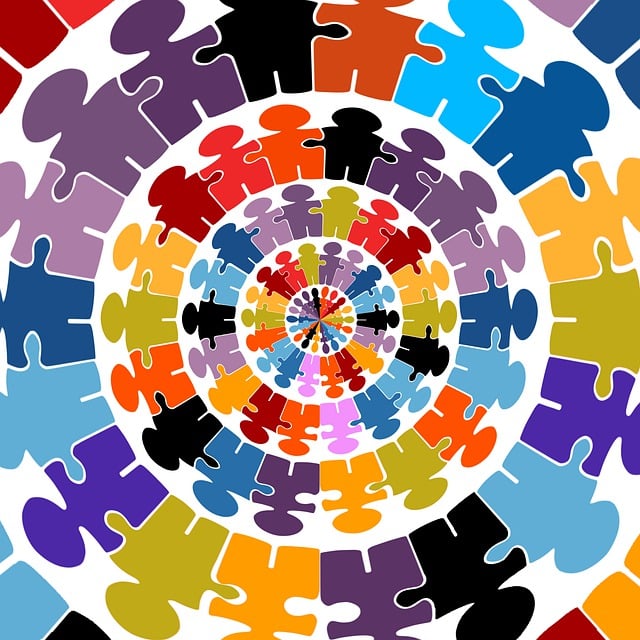
Riddles
Use language students know to help them guess words (e.g. it is big, grey, and it can stomp” — “an elephant” “you wear it on a cold day”– “a jacket”). Put the vocabulary flashcards in a place where they can see them to make it easier.

Kim’s Game
Put a group of flashcards on the board, maybe up to 12-15. Tell students they have one minute to remember as many as they can. After one minute, remove them all and see what the students can remember.
General Jumpstart Games

Classifying words
Students separate flashcards according to teachers instructions. For example, sort words by their first letter, sort words by their lexical category (e.g. animal, clothes, weather), sort clothes by the weather you would wear them in, etc.

Memory Game
Students sit on the mats. Place flashcards on the floor for all to see. Go over names of flashcards as a class, then turn one flashcard over. Whole class names flashcards again to test if they remember the turned over card. Continue turning flashcards over until they must remember all the words. Also can be played with objects and buckets. Students must remember the covered objects. You can also try switching location of turned over words for added challenge.

What’s missing
Place flashcards on the board. Have children close their eyes or turn away from the board. Remove one flashcard and ask “what’s missing?” Students guess the missing flashcard.
General Jumpstart Games

Hidden flashcards
Put flashcards on the board or put objects at the front of the room. Students leave the room with TA. Hide one of the flashcards or objects somewhere in the room. Students come back in and identify the missing flashcard/object. They must then find the missing flashcard/object.
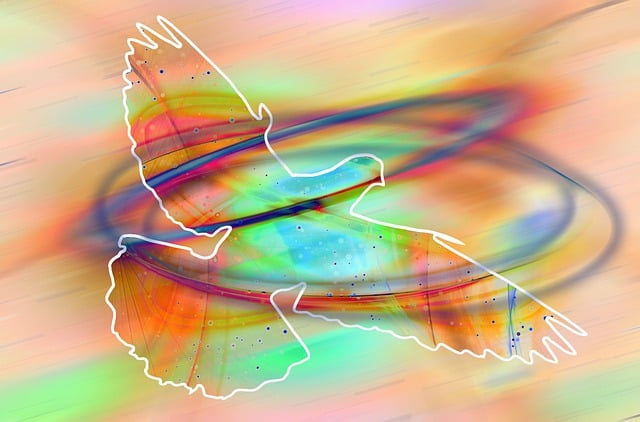
Repeat if true
Students sit on mats, the teacher sits at front the of the room. Draw five stars on the floor in front of you. Explain that if they get 10 stars, they win. But, if they get 0 stars, the teacher wins. Go through a few the words one at a time saying the word on the flashcard. Sometimes say the correct word, sometimes say the wrong word. If you have said the correct word, children repeat it. If you say the wrong word, they stay silent. When children recognize incorrect words and stay silent, add a star. When they mindlessly repeat wrong words, take away a star. This activity can be made more challenging if you say sentences (e.g. It’s a big elephant).
General Jumpstart Games

Ball game
Get a ball. Stick 8-10 flashcards on the board. Students stand in a circle. Hold up the ball, say one, two, three… and name one of the flashcards on the board e.g. Cinema! As you throw the ball to a student in the circle. The student who catches the ball repeats the procedure and names another flashcard. This student throws the ball to another student, who must repeat both words, then add another, and throw the ball again. The game continues in the same way until all the flashcards on the board have been named.

Pictionary
Put students into teams. First two students are given target vocabulary to draw, the other students guess what it is. The first team to guess gets a point.

Emotive/slow/fast drilling
Change up the drilling. Sometimes reveal flashcards very quickly and only for a short time, sometimes very slowly so they must guess while only seeing a small part. Sometimes have them repeat words in a sad/happy/angry/loud/quiet voice.

General Jumpstart Games – Individual Productive

Telephone
Put students into two lines. Each line is a team. It may be easiest to put mats in a line and have them sit on the mats. Teacher sits at the back of the room and whispers a word to the students in the back. Students whisper to the student in line in front of them who then pass the message to the next student until it reaches the front of the line. The student at the front can retrieve the flashcard/object, draw it on the board, or slap the flashcard, whatever the teacher chooses.

Red light/green light
The teacher sits at the front of the classroom facing the whiteboard. The students start standing along the back wall. The teacher says “green light” and the students walk towards the teacher. The teacher says “red light” and then turns around. Any student seen moving must answer a question or say the word on a flashcard. Once a student reaches the teacher, that student gets to take the teacher’s place.
General Jumpstart Games

Musical bumps/statues
Play music. The students dance. When the music stops students must either sit down or freeze in place, whatever you want. The last student to sit or freeze must answer a question or say the word on a flashcard.

Sumo
Draw a biggish circle on the floor. Get two students to stand in the circle. Put a flashcard behind each student’s back without either of them seeing what is on the flashcard. The students then try to see their opponents flashcard without revealing their own. Students cannot leave the circle or move their flashcard from their back. The first student to see and name their opponent’s flashcard wins.

Football
Put students into two teams. The teams line up facing the board. Draw a goal on the wall. Show the students a flashcard, the first student to name it gets to take a shot on goal, the other student must be goalie. The team with the most goals wins.

Bowling
Put students into two lines of teams. Ask students a question or elicit the word from a flashcard. The first student to respond gets to bowl and their team is awarded points for the number of pins knocked down. Alternatively, you could put flashcards above each pin and have students try to topple the pin named.
General Jumpstart Games

Musical Chairs
Put enough chairs for all but one student in a circle. Play music. Students dance around the circle of chairs. When the music stops, students must sit in the chairs. The student left standing must answer a question or say the word on a flashcard.
General Jumpstart Games
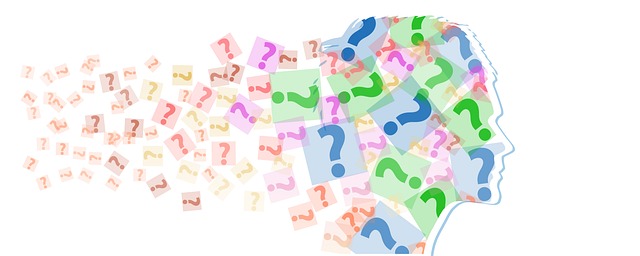
Flashcard snake
Make a string of flashcards on the floor. Students must jump along the line of flashcards saying each word until they reach the end. Students who remember all the words are rewarded.

Blowfish
Students are put into teams and sat in rows on blue mats. Give the students an A4-sized cut-out fish. Demonstrate how to blow the fish and maybe have TAs explain (it is amazing how difficult a simple thing is when you are 4). Show the students a flashcard or ask a question. The first student to respond gets to blow that team’s fish towards the other end of the room. The first fish to the other side is the winner.

London Bridge
Put students in one line. Ask the TAs to make a “bridge” with their arms. Put on music and have students run through the bridge. The TAs will catch a student under the bridge, then stop the music, then that student must answer a question or say a word from a flashcard.

Bomb timer game
Students sit in a circle. Bring a soft ball as a “bomb”. Put the bomb countdown from the online stopwatch website. Students pass the “bomb” until it explodes. The student holding the “bomb” when it explodes must answer a question or say a word from a flashcard.

Memory Game or Pelmanism
Print out cards with words or pictures on them. There should be two of each item. Put students in pairs and lay out cards face-down. Students take turns trying to find matches and repeating words they find. The student with the most pairs wins.
General Jumpstart Games
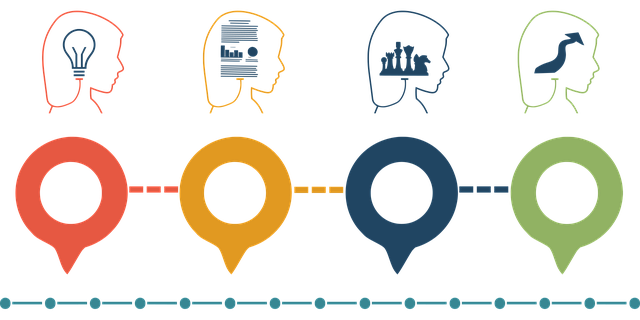
Role Play
Set up short role plays related to the vocabulary/sentences that have been studied. Examples could be going to market when studying fruit, acting out a restaurant with customers and waiter when studying food, going shopping when studying clothes, making a phone call when studying places around town, going to the doctor when studying body parts, etc.
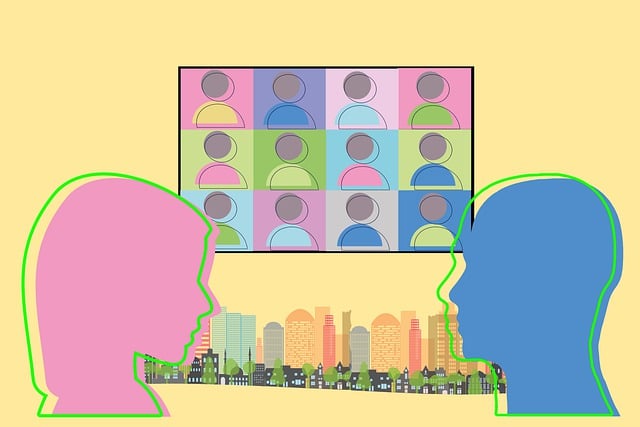
Conversation
Make a short conversation for students to practice with vocabulary and grammar they have used. Make it quite controlled and model it enough times so that the language expected is clear to the students.

General Jumpstart Games. Also check out these games and activities



